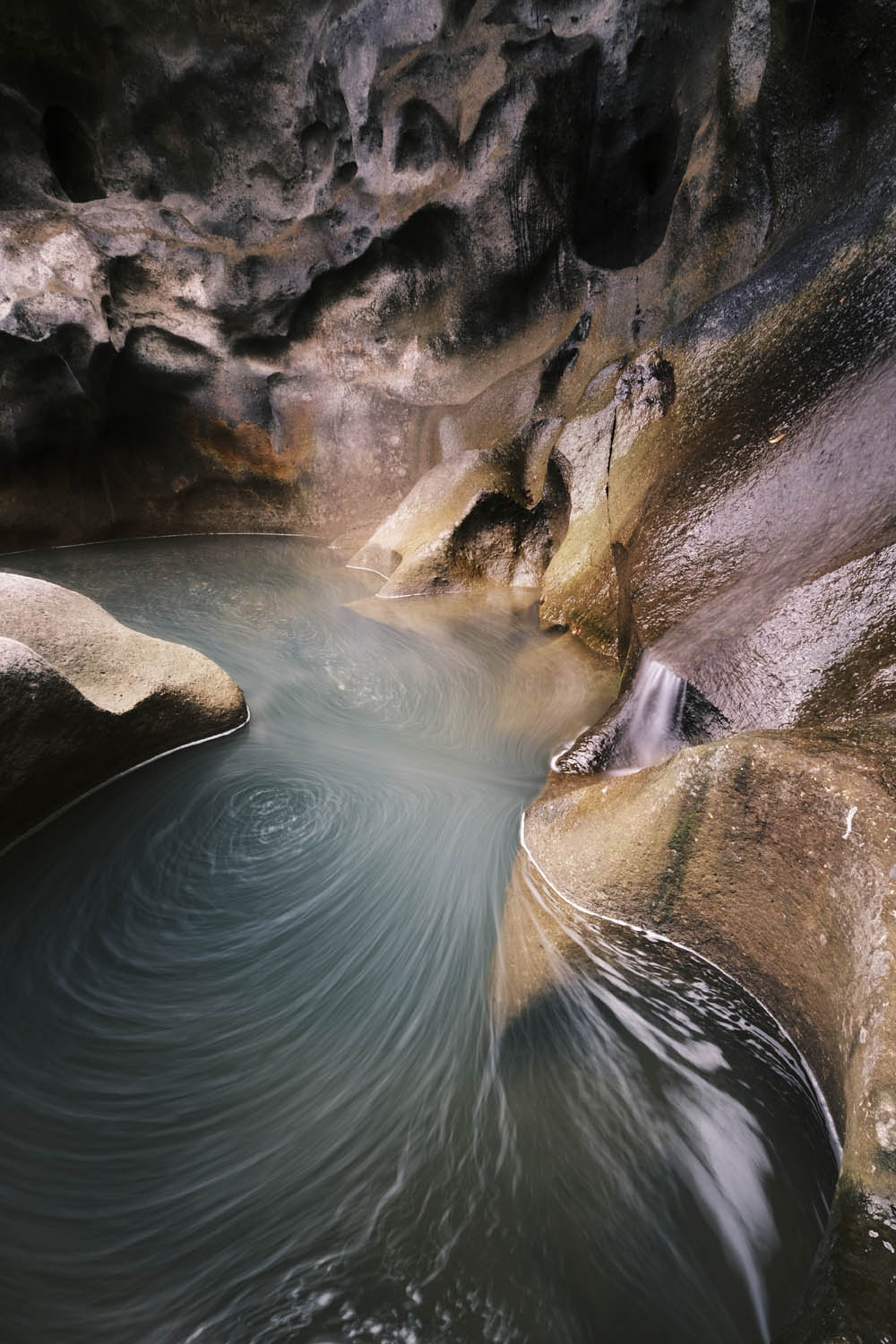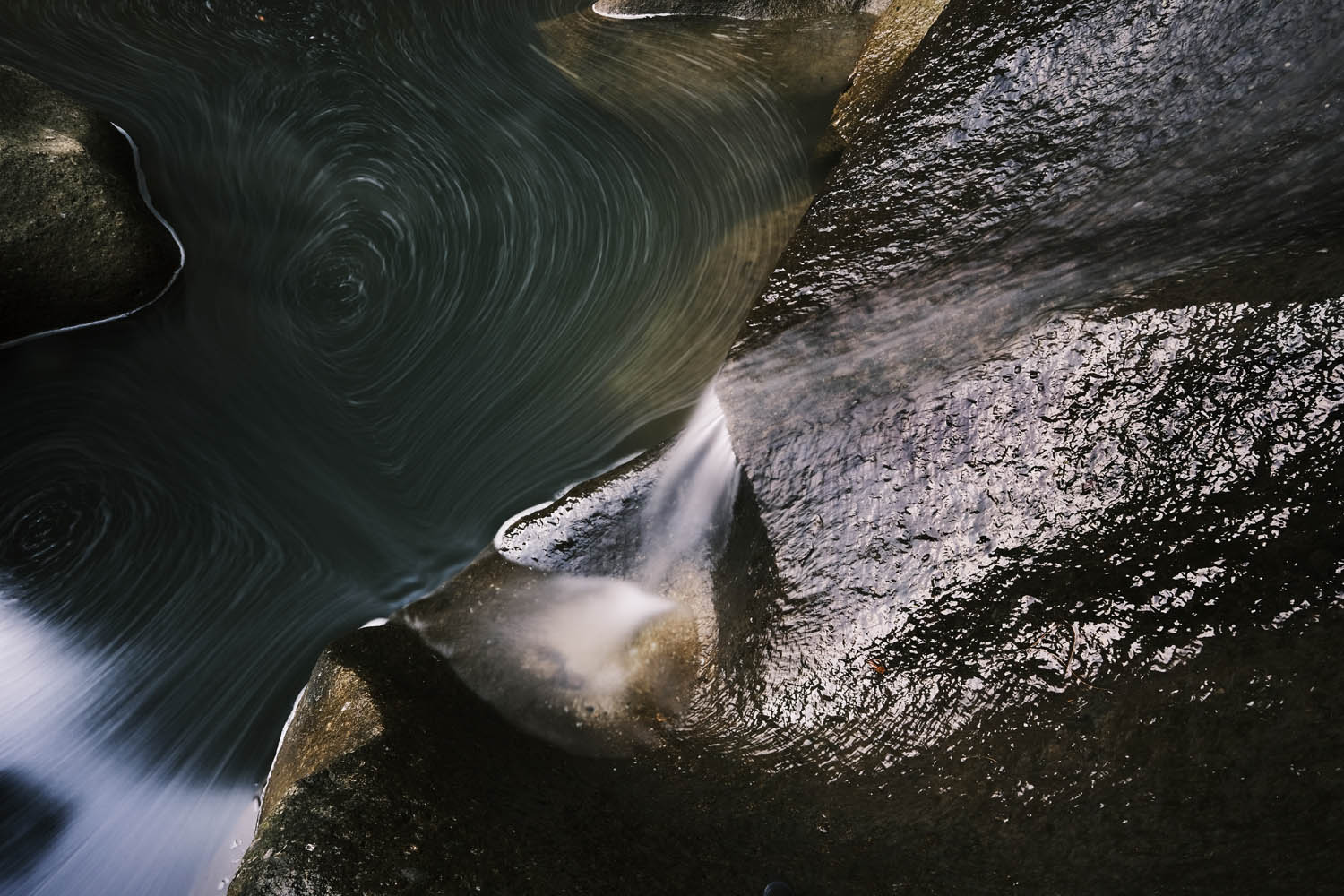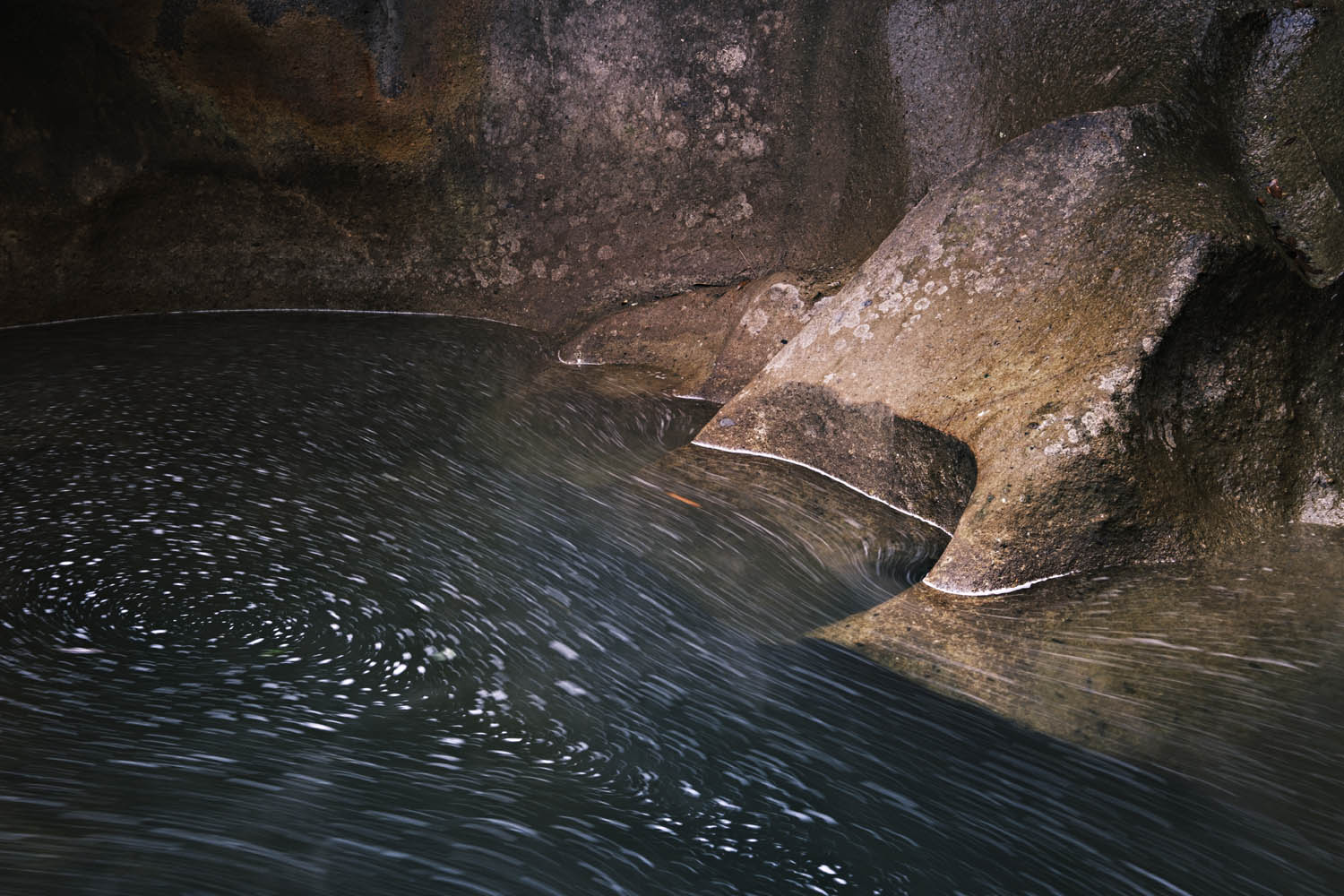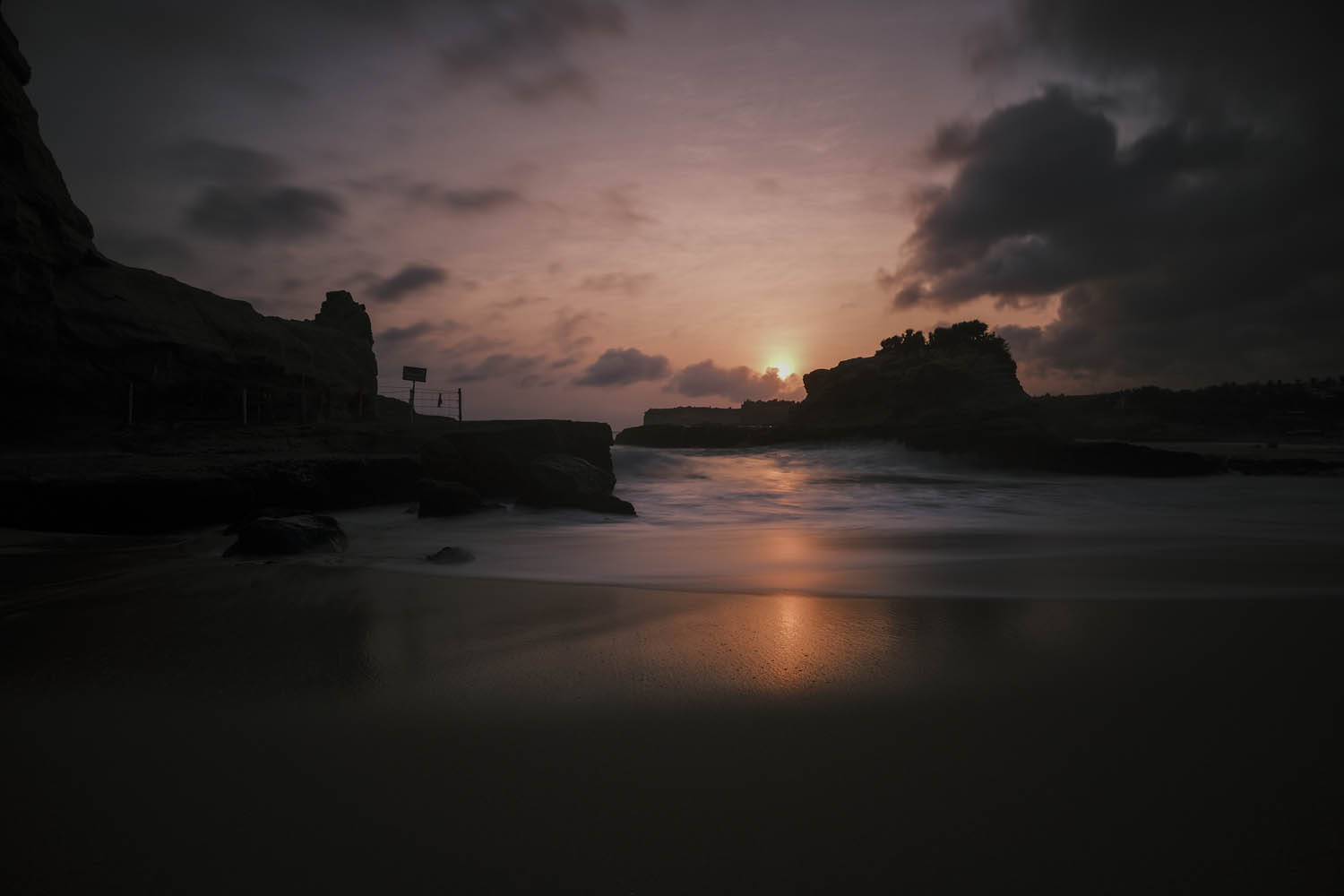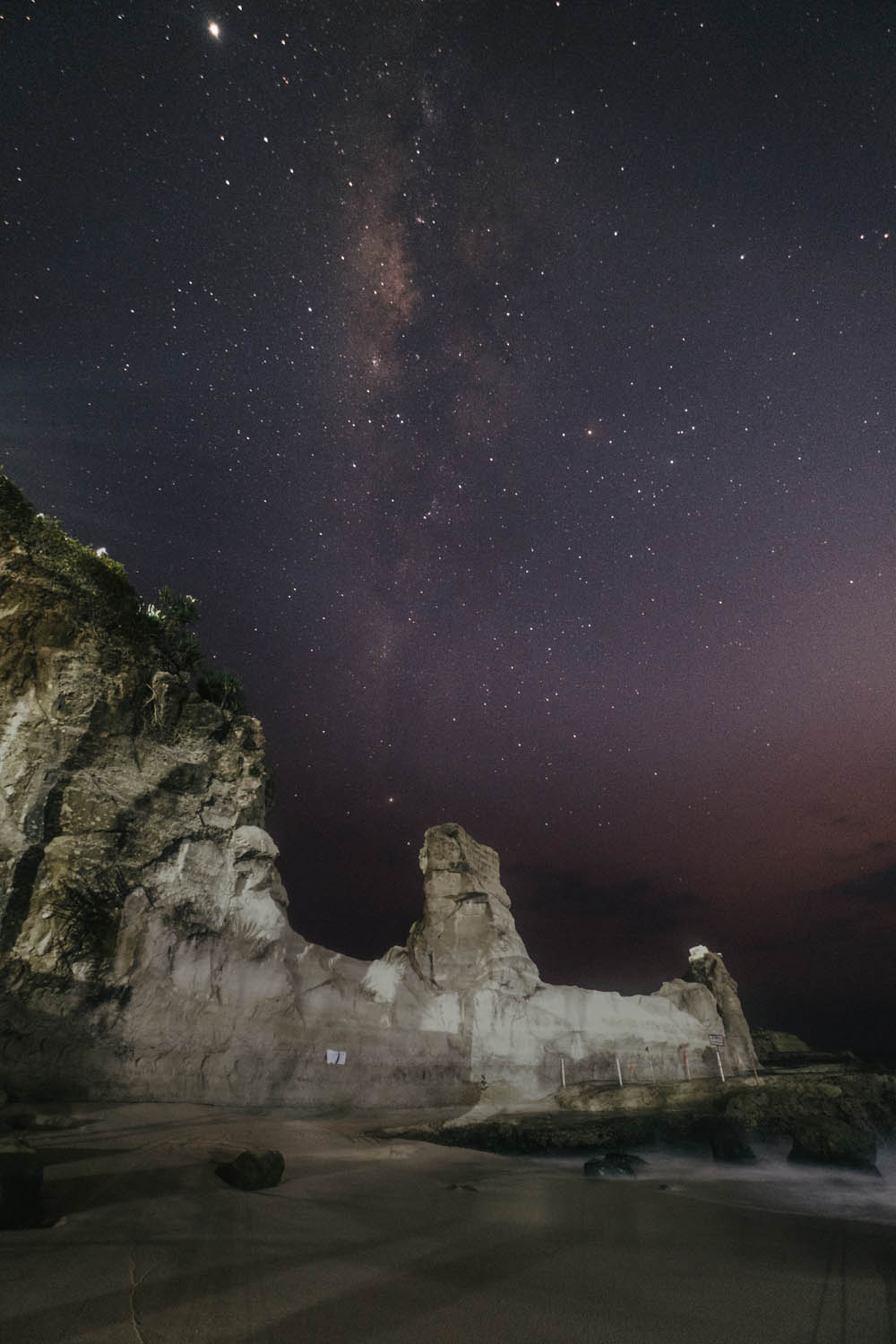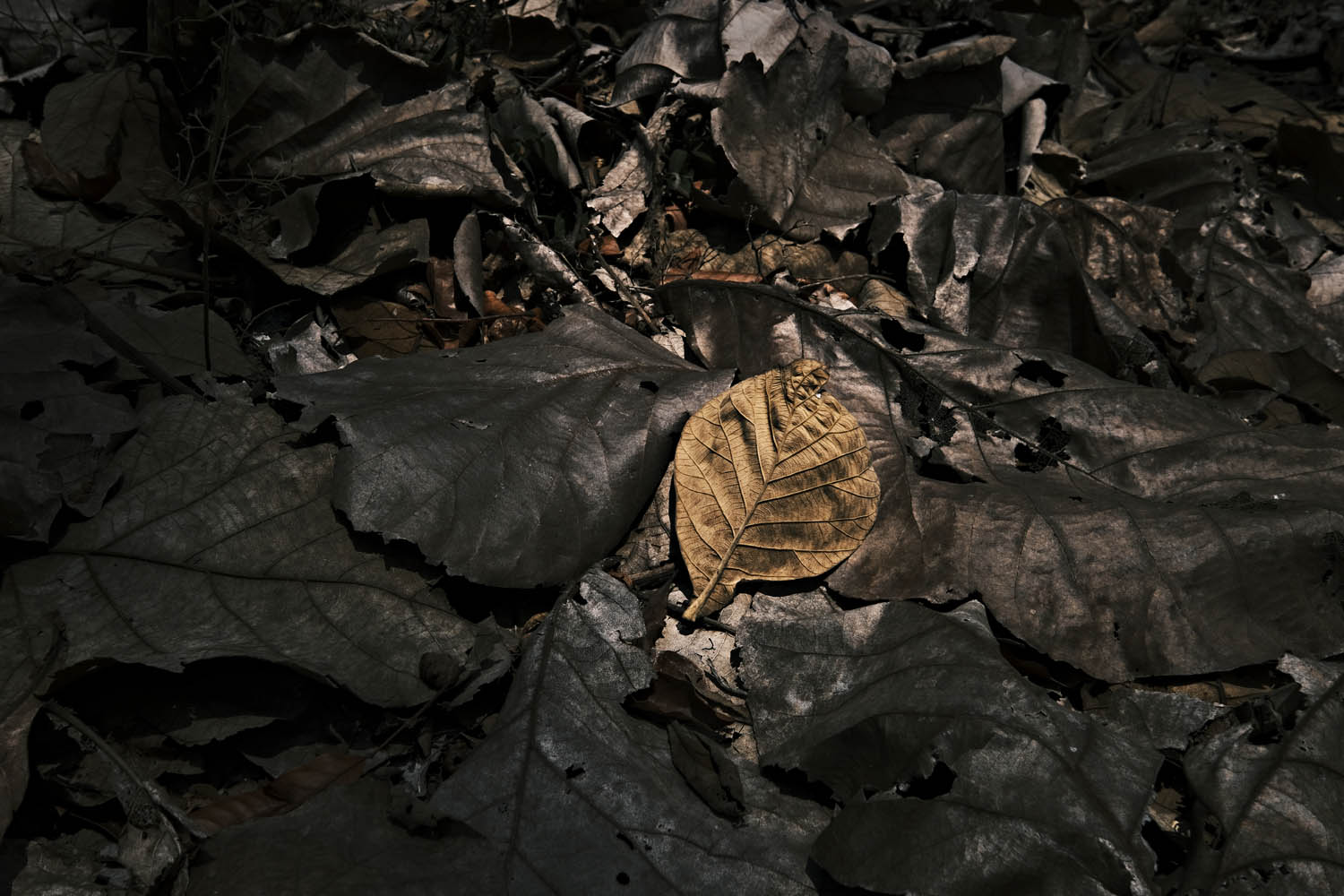
Haryanto
Haryanto is a professional photographer based in Jakarta. His photographic works are
mostly about landscapes, nature, and human interests. In addition, he also does
commercial photography for companies and various international organizations.
Haryanto is one of the experts in black and white photography and is well known as an
expert in traditional printing and alternative printing. Haryanto now also teaches
photography in various workshops and private courses. Haryanto’s works have been
exhibited in galleries in Indonesia, Japan and the Netherlands.
Nowadays, there are more and more beautiful landscape photos. Therefore I need to be able to produce landscape photos that are different, which can evoke a more profound feeling for the viewers. For this reason, it is essential for me always to try to photograph landscapes differently. I try to stay longer in one place, searching for different locations, and trying different and even extreme weather conditions.
I always feel excited when I get an assignment to shoot landscapes. Around the mid of September, I got an assignment from Fujifilm to try the Fujifilm XF10-24mmF4 R OIS WR lens for Fujifilm X-series. This is my third assignment with Fujifilm after I had the project to test the Fujifilm X-T2 and GFX50s cameras. Photographing outdoor during the Pandemic period was a challenge because of the limited mobility, a need to keep the health protocol, while the assignment time was also tight.
In this assignment, I tried to find a location that is quiet and had not been explored much.
Since this lens has a new feature of WR Weather Resistance structure, I decided to test this camera in a wet landscape such as waterfall and ocean. In overview, the latest lens from the XF series, which is the 36th lens in the lens lineup. For X Serie cameras, the XF10-24mmF4 R OIS WR is an updated mark II lens from the previous XF10-24mmF4 R OIS lens.
Compare from the previous lens, this lens is 25 gr lighter, an additional one stop of optical image stabilization, and also an increase in its IBIS capability to 6.5 stops. The first time I used the original XF10-24mmF4 R OIS (mark I) 4 years ago, I was delighted with the image quality, the flare resistance, and the sharpness. The first impression is, it feels more solid in hand, just like holding the Red badge lenses. It is due to the shape and the construction of the lens that does not shrink at the rear end, even though the new version of the lens is slightly lighter than the previous XF10-24 mmF4 R OIS (mark I), which is 25 gr lighter. The fixed size is small for existing super wide zoom lenses, with the 385 gr of weight so that I can travel lightly.
It took me 8 hours to travel for 660 km to reach the first destination. The destination was a large waterfall that can be approached close enough to see the WR power and can cover the super wide focal length of the XF10-24mmF4 R OIS WR (mark II) to see the image quality of the lens.
The first waterfall I visited had a height of 50 meters, but with low water flow due to the dry season. The conditions were just right, so I was able to shoot very close up using the super wide-range advantage of the lens. Photographing at close range also gives me the freedom to show the colors of the rocks and water that were soaked in the light of the sun. The waterfall is made from granite stones, which have been eroded for years by the flowing water. With a small water flow, this waterfall displays an expose of color and texture, so it is ideal for seeing the color and sharpness of a lens that is covered in the super wide, from 10mm to 24 mm focal length.
The second location has different challenges because the waterfall has a large water discharge and is made difficult by rainy weather conditions. These conditions test the robustness of the new WR system. During the shooting, the lens was completely wet. But it turns out that not only does the WR perform very well, but also I can rely on this lens to get interesting photos in challenging weather conditions. In difficult shooting locations – rocky, steep, slippery and wet – a light lens was very hassle-free and made my job easier.
I also took this lens to the beach for a night shoot. It was a cloudy night. Luckily for me, I had some clear moments, and the clouds parted so that I was able to shoot the stars and milky way with clear results. The wide lens helps to get a broad view and good clarity.
After trying this lens for several days, in general I found out that the sharpness of the lens is very similar to that of the original mark I lens, and it is sharp. Besides, the sharp edges are almost difficult to distinguish except by special tests. The resulting color is slightly different and more saturated than its predecessor.
In my opinion, the XF10-24mmF4 R OIS WR (mark II) lens has good built quality, superb image quality, and excellent sharpness, especially edge-sharpness, just like previous XF10-24mmF4 R OIS (mark I). Shooting with this lens makes me worriless about unpredictable weather, because WR Weather Resistant structure is very useful to expand my imagination in any weather. This lens is a must-have when I bring my X series to shoot landscapes anywhere.
I always try to get a photo that is worthy of printing. Not just a printing, but a fine print printing in terms of sharpness, detail and color. Getting the right raw materials that can be translated to fine print contributes to increasing my productivity to create artwork.















































